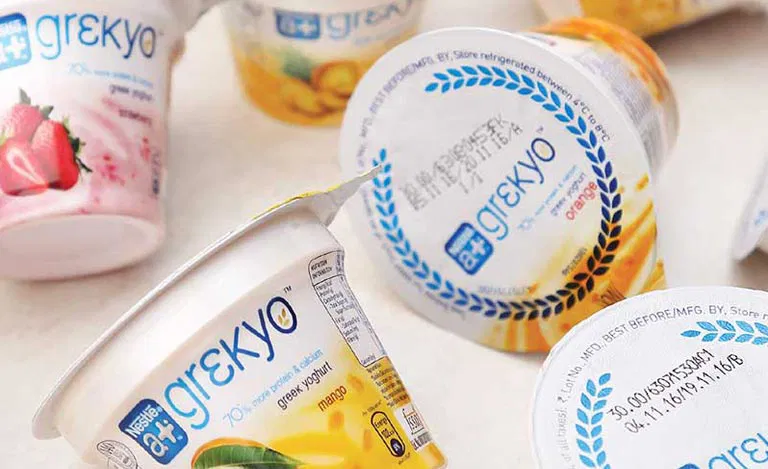How to Get Right Shrinking for your Product

Different shapes of containers are coming in global market to attract the customers. The first challenge is to decide the perfect labeling on it. The most common used film is PVC Shrink film. But what is right for your product shape and size. The right Shrinking depends on many factors.
- Shape of container
- Size of container
- Area to be covered by label
- Shrink tunnel
Now how to decide and achieve the best fitment to product. Depending upon Shrinkage needed a variety of shrink films are available with different percentage of shrinkage. You have to choose the right one suitable for your container. Secondary the shrinking equipment i.e. shrink tunnel is equally important depending upon the product. It should be customized as per heat needed to shrink the sleeve on container.
The most important and essential thing to get a perfect shrink is Design and artwork. The area and element need to be adjusted in the artwork so that after shrink you get the best aesthetic. Pr-distortion in artwork can also be done to predict post shrinkage result in most part the shrink manufacturers can support deciding these factors as they have good technical know how about the products.
Shrink Sleeve Common Problems and There Solutions
The hallmarks of a bad shrinking job are easy to spot wrinkle, ink bleeding, tearing and uneven shrinking drive customers read on to discover possible problems & solutions.
Possible problems –
- Uneven shrinking due to decorative inks coating finishes on shrink labels
- Uneven edges shrinkage
Possible solutions –
- Increase the tunnel temperature or air flow to increase the degree of shrinkage where higher % edge of shrinkage is require.
- More complex issues require a customer designed solution to optimize the application of heat to the product please take help of your shrink manufacturer technical team.
- Adjust the tunnel temperature air flow up or down to get more uniform application of heat.
- Customer the heat profile so that edges or corners of the container are exposed to less heat.
